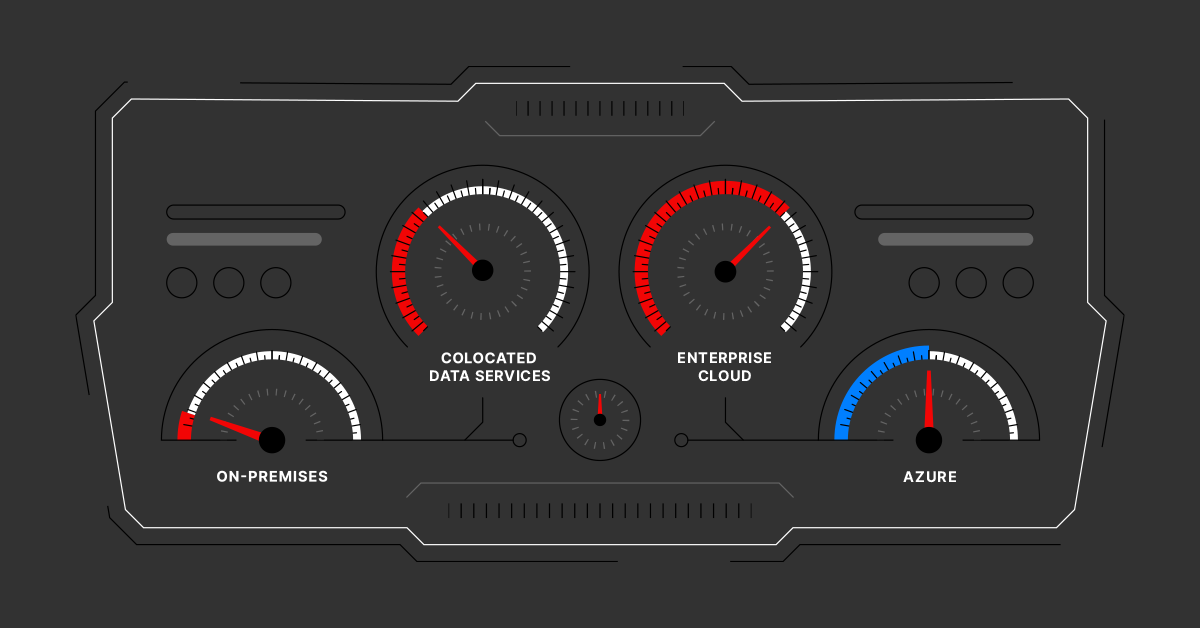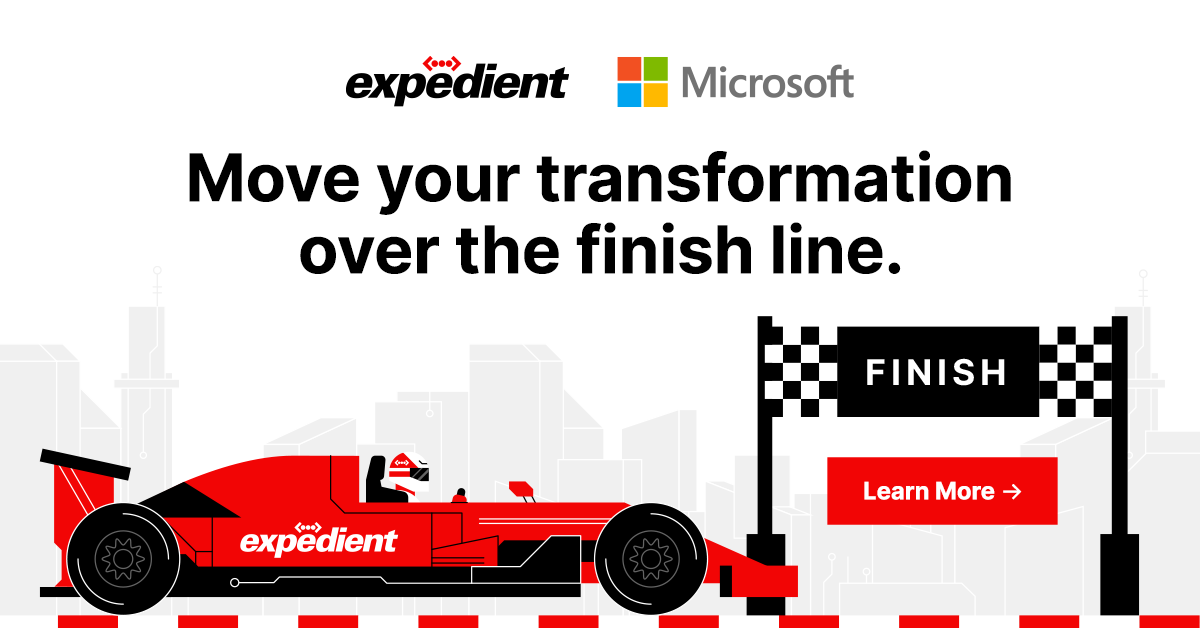
Complexity can derail any transformation effort because, while the benefits are dramatic, the process is nuanced and unforgiving. This is especially true when it comes to cloud where companies often fail to realize that success is not about an all-in migration to a hyperscale cloud. Instead, it requires a shift in IT approach and the company as a whole that is cultural, technology-based, and process-driven. Equal parts tech and people.
Here, success requires a balancing act where teams deliberately analyze the characteristics of workloads and then identify precisely which should be modernized for a hyperscale cloud, which should be migrated to an enterprise cloud, and those that are best suited to stay in an on-premises deployment.
In fact, according to a 2020 Accenture survey, only 37% of companies feel they are “achieving the full value expected on their cloud investments.” The other 63% are left with a board of directors that’s growing impatient at the prospect of repatriating workloads and attempting the cloud initiative a second time.
To succeed, businesses require a partner like Expedient that has:
• Proven experience and expertise with Microsoft Azure and other Enterprise-IT vendors such as VMware
• A complete understanding of your existing IT estate
• A recognition that the lift-and-shift approach to a single cloud platform is both flawed and antiquated
Expedient’s approach to cloud begins with an expert assessment of a business’s IT estate, which likely has become bloated over years and has thus slowed or stalled prior attempts to transform from achieving success. Next, with this detailed understanding, teams model each specific application on the optimal platform depending on the unique characteristics of each workload. This can include elements such as workload usage, data flow, capability requirements, and more.
It is likely that the final model will include a mix where some applications go to Azure and tap into industry-leading services, such as Azure DevOps, Azure Cosmos DB, and Azure Content Delivery Network, while existing VMware workloads move to Expedient Enterprise Cloud, while other elements remain on-premises.
While balancing all these workloads might seem like it could add new layers of complexity to the business, this does not need to be the case. A true multi-cloud operating model, like the one offered by Expedient, provides a single pane of glass across all clouds to simplify and streamline observability and control. On top of that, by incorporating a VMware-based environment, the model minimizes the learning curve for current staff—this is vital when you take into account that nearly 80% of IT decision-makers say their teams lack the skills they need. Now, employees can easily and quickly access applications regardless of where the applications and workloads run sit using a unified management platform.
At the same time, security teams can find comfort in knowing that this ease of access doesn’t increase the company’s threat exposure due to a unified security platform that’s proven in its ability to protect, detect, and recover across multiple clouds. The platform is optimized to keep up with the fast-changing conditions and centrally manage security policies across multiple environments, which ultimately provides protection against North/South traffic from endpoint devices and the East/West traffic across servers.
As a result of these capabilities, the teams can more easily ensure all essential applications are protected, from the data center to enterprise cloud, to Azure. This level of protection is crucial when considering the continued rise in ransomware and security attacks that we’ve seen over the last few months alone including the May 2021 Colonial Pipeline incident.
It’s easy to understand why companies are racing to the cloud, but without the right guidance, complexity can hinder success. Expedient and Azure help businesses strike the right balance and find the optimal cloud mix. The right mix is one capable of accommodating workloads and applications from across their diverse IT landscape while keeping the border secure. In fact, you can see it for yourself—in conjunction with CloudPhysics, the leader in collaborative IT intelligence, we offer a complementary toolset that collects data in minutes instead of the months it typically takes to gather manually.


